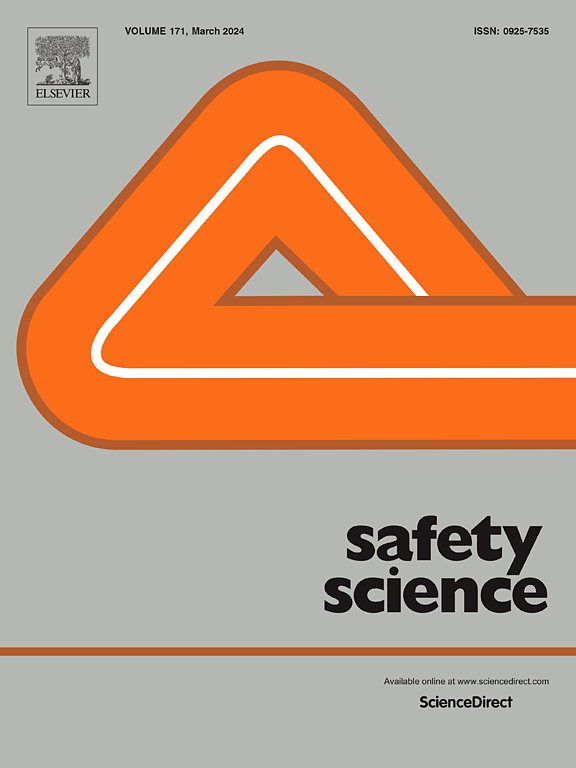Dynamically examining emergency response network resilience: A case study of a typical earthquake in China
IF 4.7
1区 工程技术
Q1 ENGINEERING, INDUSTRIAL
引用次数: 0
Abstract
The combination of multi-subject collaboration and organizational resilience strategies has recently become a significant research topic in disaster emergency response. Dynamically identifying emergency response network (ERN) resilience characteristics is essential for understanding multi-organizational collaboration and enhancing organizational response capabilities and efficiency. This study, from an integrated perspective of inherent resilience and adaptive resilience, proposed a dynamic analysis framework for ERN resilience. First, based on key resilience characteristics—adaptability, robustness, resourcefulness, and rapidity—an ERN resilience evaluation framework was constructed. The study then selected the 2022 Luding earthquake as a case study, dividing it into four periods and using social network analysis metrics to dynamically measure ERN resilience and its inherent organizational impact. The results showed that 1) earthquake ERN resilience exhibited dynamic adaptability and forward adaptability; 2) ERN resilience was significantly associated with organizational attributes and behaviors; and 3) ERN robustness was influenced by network cohesion and organizational distribution. Finally, recommendations were made to enhance disaster ERN resilience by optimizing organizational structure and responsibility allocation, improving emergency planning, and managing materials. This research provides a novel dynamic analytical framework for building disaster resilience and offers valuable insights into multi-stakeholder disaster governance for earthquake disaster resilience worldwide.
动态检验应急响应网络弹性:以中国一次典型地震为例
近年来,多主体协作与组织弹性策略的结合已成为灾害应急响应领域的重要研究课题。动态识别应急响应网络(ERN)弹性特征对于理解多组织协作、提高组织响应能力和效率至关重要。本研究从内在弹性和适应弹性的综合视角,提出了ERN弹性的动态分析框架。首先,基于弹性的关键特征适应性、鲁棒性、智谋性和快速性,构建了ERN弹性评价框架。以2022年泸定地震为例,将其分为4个时期,利用社会网络分析指标动态测量ERN弹性及其内在组织影响。结果表明:①地震ERN恢复力表现出动态适应性和正向适应性;2)企业网络弹性与组织属性、行为显著相关;3)网络内聚性和组织分布对网络鲁棒性的影响。最后,从优化组织结构和责任分配、改进应急预案和物资管理等方面提出了提高ERN抗灾能力的建议。本研究为灾后恢复力建设提供了一个新的动态分析框架,并为全球地震灾后恢复力的多利益相关者灾害治理提供了有价值的见解。
本文章由计算机程序翻译,如有差异,请以英文原文为准。
求助全文
约1分钟内获得全文
求助全文
来源期刊

Safety Science
管理科学-工程:工业
CiteScore
13.00
自引率
9.80%
发文量
335
审稿时长
53 days
期刊介绍:
Safety Science is multidisciplinary. Its contributors and its audience range from social scientists to engineers. The journal covers the physics and engineering of safety; its social, policy and organizational aspects; the assessment, management and communication of risks; the effectiveness of control and management techniques for safety; standardization, legislation, inspection, insurance, costing aspects, human behavior and safety and the like. Papers addressing the interfaces between technology, people and organizations are especially welcome.
 求助内容:
求助内容: 应助结果提醒方式:
应助结果提醒方式:


